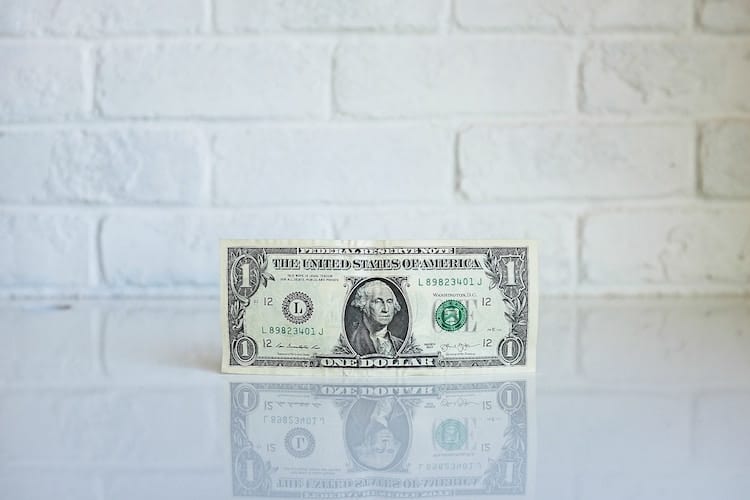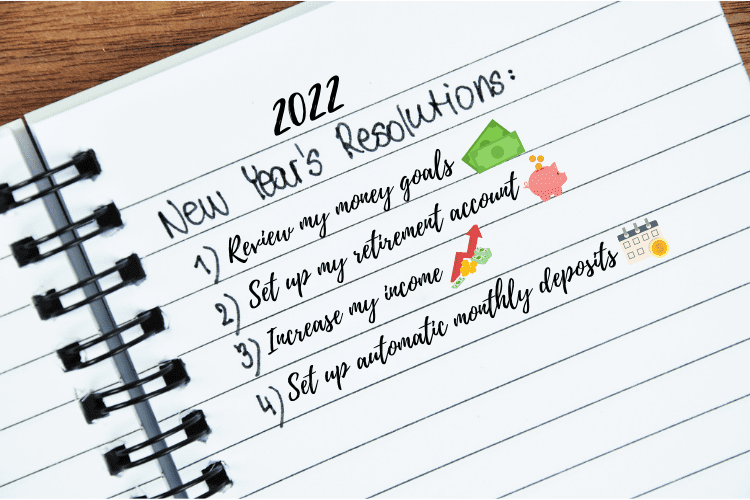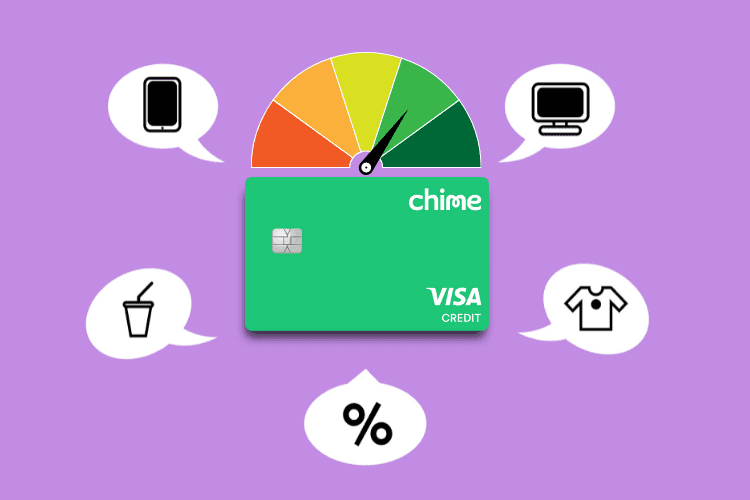What Minimalist Budgeting Is and How to Do It

You’ve probably heard of minimalism before, whether in a college class or in conversation with a friend. Minimalism began as an art movement in the United States after World War II, and it focused on stripping things to the bare minimum. It’s become popular in film and music, but you can even apply minimalism to your budget.
The general principle of minimalism in your budget is to do more with less. While many guides suggest new ways for you to make money, a minimalist budget can help you get more out of the money you already have, or as minimalist Natalie Bacon says, “minimalism means prioritizing what’s valuable to you, while intentionally reducing clutter in other areas.”
The Minimalist Budget
To quickly get one popular misconception out of the way, minimalism isn’t just spending less or buying fewer things. Every budget is about spending less money, and the philosophy of simply buying fewer things can lead to more extravagant purchases. Cutting your spending to the barebones is not a minimalist budget. Nor is splurging on a sports car but reducing 90 percent of all other purchases.
Minimalism is about refocusing your priorities and thus changing your spending and budgeting habits. A minimalist budget doesn’t necessarily guarantee that you’ll save money, just that you’ll be doing more goal-oriented spending. Minimalism and frugality can work together, but they aren’t the same thing.
Starting A Minimalist Budget
Before you actually get to your money, the first step of a minimalist budget starts with your mindset. Consider your financial goals, and prioritize what matters to you the most. Once you visualize your future, a minimalist budget can take you from where you are now to where you want to be later.
After establishing your goals, analyze your spending history and track where your money goes. By viewing your spending through the lens of your financial goals, you can more easily identify areas you’re overspending and places you might not be spending enough.
As a general example, if some of your spending habits aren’t aligned with your goals, don’t simply cut that money out of your spending. You should redirect that money to something more meaningful that will help you reach success.
Living and Spending, Minimalist Style
You can also use this mindset when making future purchases, but again it’s not exactly straightforward. For instance, buying a TV doesn’t help you retire, but it’s not as if you should never purchase luxury items.
Minimalism would tell you to buy something guaranteed to last long, even if it lacks all the bells and whistles of newer tech. In the same vein, minimalism would warn against buying the new version of a phone or TV if your current version works fine.
On a minimalist budget, you should also take steps to take some work out of your finances. One easy way to do this is to automate all your recurring bills but take any steps you feel make your money easier to manage.
The Effects of Minimalism
Minimalism will also help you take stock of what you already have and see the value in it. By recognizing that what you own is functional and serves a purpose, you may be less inclined to spend money on something new.
Above all else, a minimalist budget is about focusing your spending and simplifying your financial life. You may cut spending in some areas and increase it in others, but you’ll feel less hooked by materialism or consumerism. In general, it should be freeing.
Don’t wait to get out of debt! Read this: A Complete, Step-By-Step Guide to Get Out of Debt.










